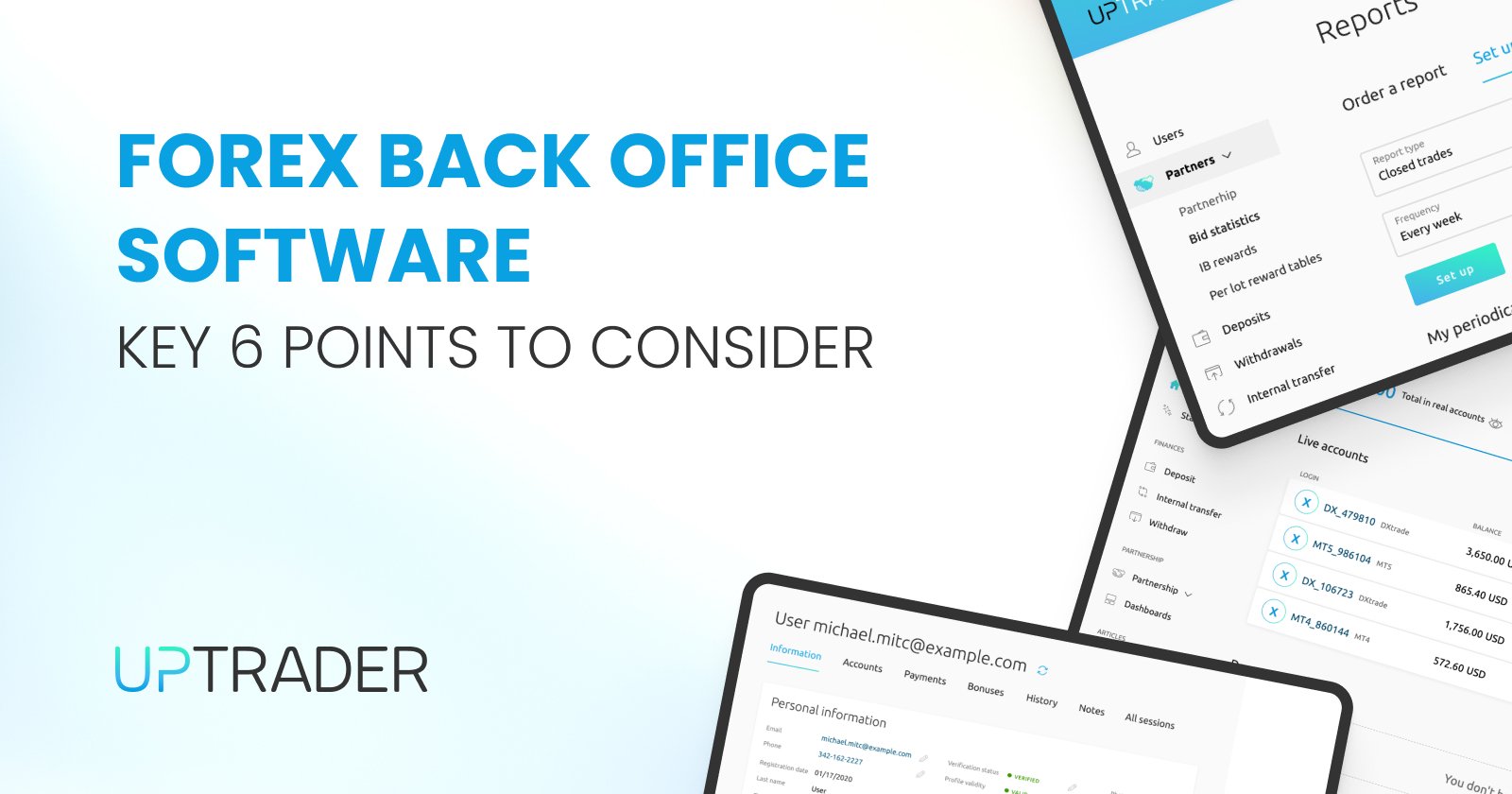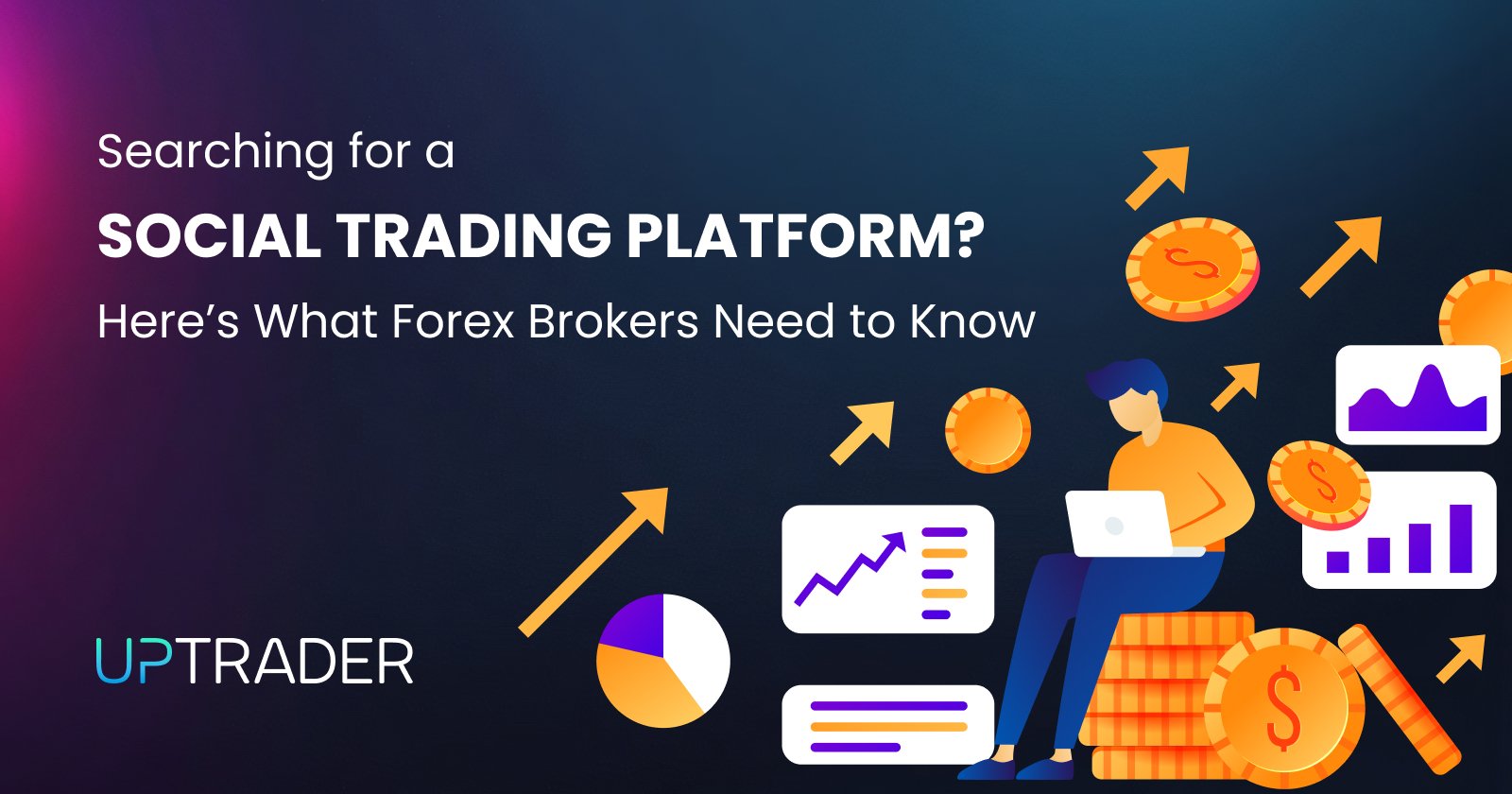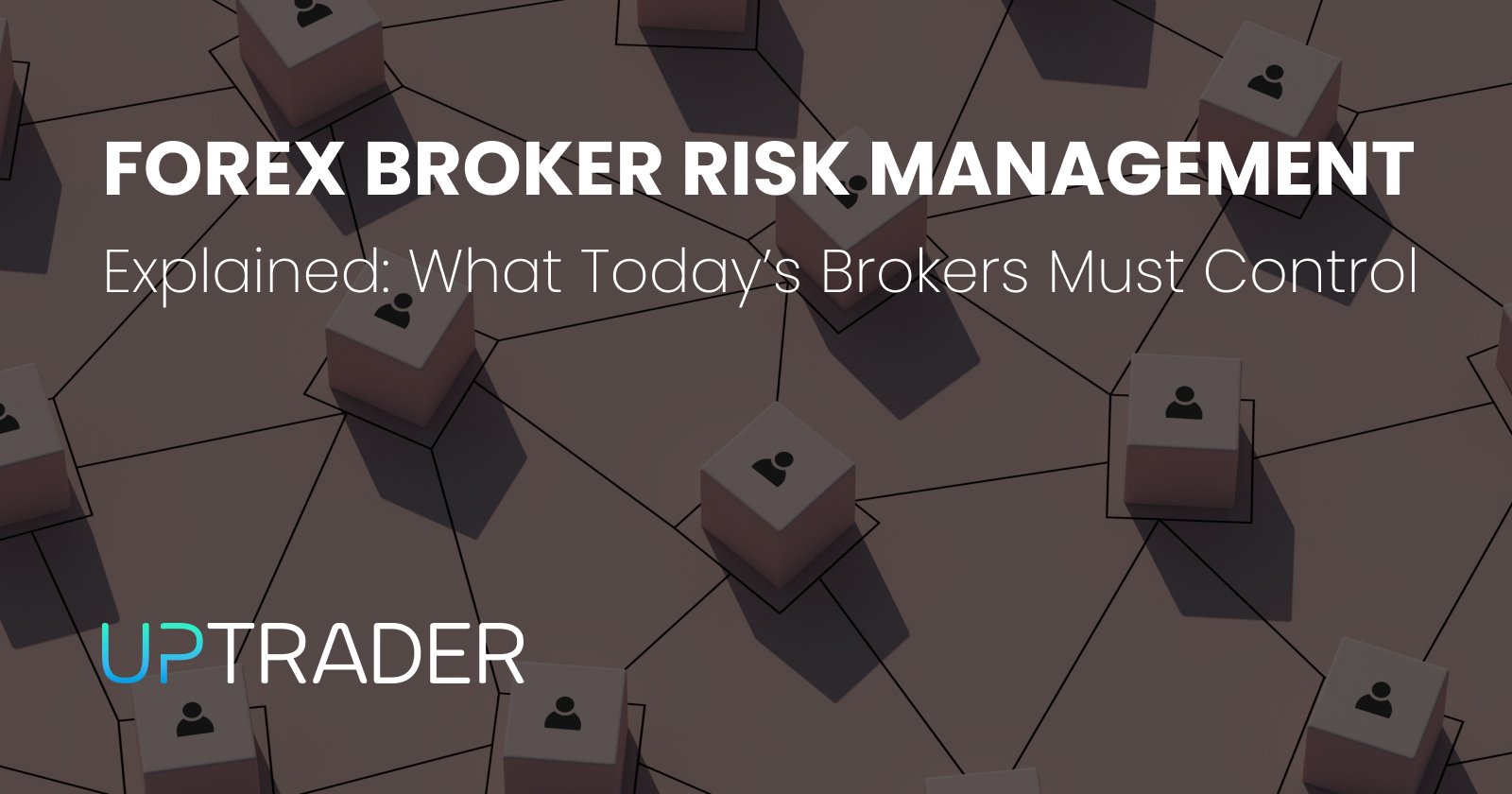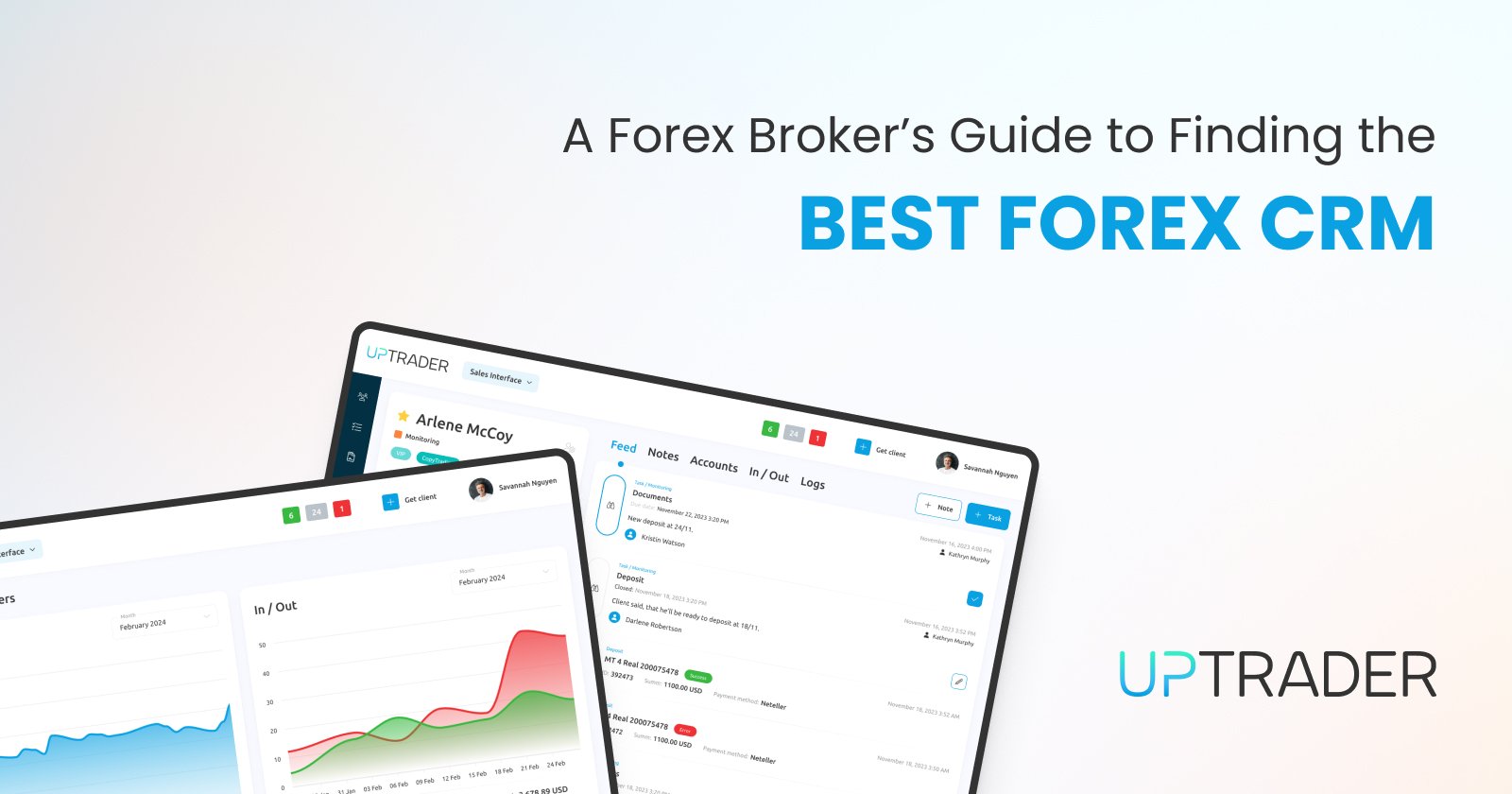Forex Back Office Software: Key 6 Points to Consider

Share this publication:
In a world of fast-paced, high-stake trading, risk management, compliance, and operational accuracy must work efficiently together, especially in the global forex market where daily trading volume exceeds $6.6 trillion. Foreign exchange brokers rarely focus on the software infrastructure designed for the back office, but it can be the backbone of any successful brokerage. Forex back office software streamlines and improves administrative processes like onboarding, risk assessment, compliance, report generation, transaction reconciliation and many others, whilst sharpening the focus of brokerage staff on strategic goals and customer satisfaction improvement.
An ill-suited back office software can result in operational losses, bottlenecks, regulatory noncompliance fines, and an impaired corporate image. A long-term sustainable shift requires a clear vision of the industry landscape. To make the decision making process easier, we outline the six most important criteria to consider when selecting this technology.
1. Compliance and Regulatory Features: The Non-Negotiable Foundation
With all its complexity and advantages, the forex market is one of the most supra-national industries, which means that it has a lot of supervisory agencies like FCA (UK), CFTC (US), and ASIC (Australia) that can impose a fine when some limits are breached. One leading brokerage company's failure to follow the AML rules for the whole year of 2023 resulted in a $50 million penalty.
Key features to prioritize:
- Automated Reporting: Automated Report generation reporting in respect of MiFLID II, EMIR, FATCA and others.
- KYC/AML Integration: Predefined tools designed to validate client identity, perform checks against sanctions lists and prepare detailed reports on suspicious activities.
- Audit Trails: Comprehensive record of system modifications, user activities, and trades for easier auditing.
- Jurisdiction Specific Customization: Modification capability according to local compliance laws (GDPR for EU customers, Dodd Frank for US Markets).
2. Integration Capabilities
A forex back office platform functions as a component in a bigger puzzle. It needs to send and receive information seamlessly from your trading platforms like Trading Platform 4/5, cTrader, payment processors, CRM systems, and even the accounting software. Lack of integration results in siloed information, inaccuracies, and late payments.
What to look for:
- Pre-built Connectors: Out of the box compatibility with leading trading platforms and liquidity providers.
- API Flexibility: Scope to integrate with custom or rarely used applications like proprietary risk engines through powerful APIs.
- Data Synchronization: Updates done in real time to make sure balances, trading activities, and compliance documentation are identical in all systems.
3. Scalability: Preparing for Growth Without Compromise
Brokers, for instance, must be prepared to accommodate abrupt increases in trading activity (like spikes in trading volume during critical economic announcements). In the same breath, the ability to add new regions and classes of assets (such as cryptocurrencies) should be possible with the right level of vision.
Scalability checklist:
- Cloud-Based Architecture: Solutions enabling adjusting server capacity upwards when there is high demand are referred to as elastic cloud solutions.
- Multi-Currency Support: Effortless dealing with exotic pair currencies, immediate conversions and unrestrictive local reporting
- Modular Design: Adding features (e.g., IB management tools) without overhauling the entire system.
4. User Experience: Empowering Teams, Not Overwhelming Them
Complex software with a steep learning curve can cripple productivity. A user-friendly interface ensures your team can focus on strategic tasks rather than technical frustrations.
UX essentials:
- Customizable Dashboards: Role-specific views for compliance officers, accountants, and support teams.
- Drag-and-Drop Tools: Simplifying report generation, client segmentation, or fee calculations.
- Automated Workflows: Pre-configured rules for recurring tasks like margin calls or dividend adjustments.
5. Security: Safeguarding Data in a High-Risk Environment
Cyberattacks on financial firms surged by 35% in 2023, with forex brokers being prime targets due to the vast sums they handle. A single breach can lead to financial losses, legal battles, and client attrition.
Must-have security features:
- End-to-End Encryption: Protecting data in transit and at rest (AES-256 standard).
- Role-Based Access Control (RBAC): Limiting system access to authorized personnel only.
- SOC 2/ISO 27001 Certification: Third-party validation of the vendor’s security protocols.
- Penetration Testing: Regular ethical hacking simulations to identify vulnerabilities.
6. Vendor Support and Innovation: Partnering for Long-Term Success
Even the best software does not cover the manpower reliability gap. A 24/7 support vendor that also routinely updates systems can adapt alongside changing market conditions.
Critical considerations:
- Global Support Coverage: Time zone availability on forex’s 24/5 structure.
- Proactive Updates: Routine fixes on security and policy adaptations (e.g. LIBOR change).
- Client Success Programs: Training materials & account managers.
The Cost of Ignoring These Factors
Cutting corners on forex back office software can have dire consequences. For instance:
- Systems dependent brokers suffered a 12-hour downtime, losing clients to competition during the Swiss Franc crisis.
- Another company manually reported, which cost them $8 million in fines that would have otherwise been avoided with automation.
Conclusion and Final Thoughts
With deepest profit margins and most delicate trust levels, the right forex back office software becomes a strategic asset in the industry rather than just an operational tool. As competition rises, robust back office software solutions become the secret to sustainable growth. Take your time to evaluate vendors, ask for demonstrations, and place cross-functional teams in sequence to make the decision. The right answer gives your brokerage the ability to operate confidently, through all complexities of forex today and tomorrow.
If you are willing to take advantage of incredible features like CRM solutions, MAM and PAMM modules, Affiliate Programs, and Copy Trading platforms, then talk to a consultant on our site, or try UpTrader today.







